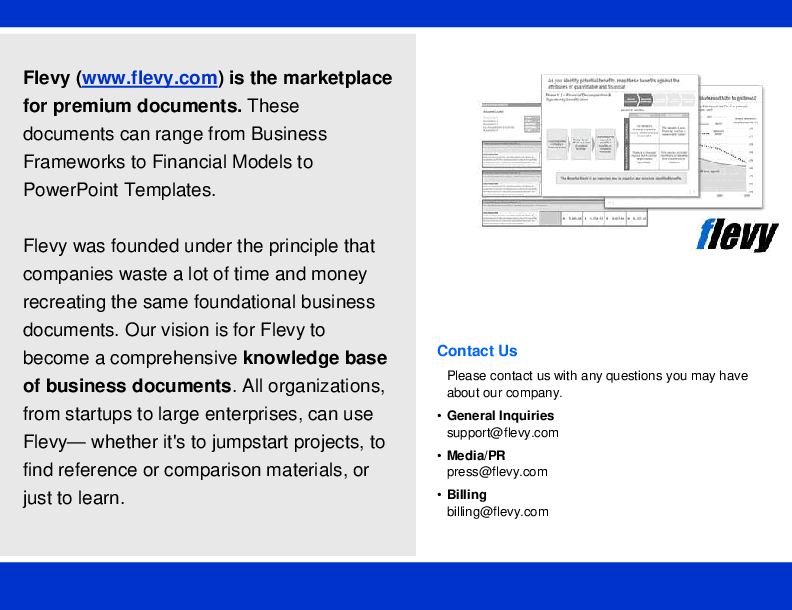How to Use the 5-Whys for Root Cause Analysis (Word DOCX)
Word (DOCX) 9 Pages
BENEFITS OF THIS WORD DOCUMENT
- Provides a clear and succinct methodology for implementing 5 Why anlaysis
- Gives clear examples of how to implement the 5 Why in real life context
- Gives a great framework/template to explain ideas
RCA WORD DESCRIPTION
Understanding how to use the 5-Whys for Root Cause Analysis. The 5-Why method of root cause analysis requires you to question how the sequential causes of a failure event arose and identify the cause-effect failure path.
‘Why' is asked to find each preceding trigger until we supposedly arrive at the root cause of the incident. Unfortunately, it is easy to arrive at the wrong conclusion. A Why question can be answered with multiple answers, and unless there is evidence that indicates which answer is right, you will most likely have the wrong failure path. You can improve your odds of using the 5-Why method correctly if you adopt some simple rules and practices.
Keywords: Five Whys, Root Cause Failure Analysis, RCFA, cause-effect tree, Fault Tree Analysis, FTA
The Document consisnts of a clear and succinct understand of how to conduct a 5 Why analysis when looking for root cause of problems in a variety of fields. It also includes examples highlighting the methodology applied to real life scenarios.
The Word document equips leaders with a practical framework for applying the 5-Whys technique effectively. It emphasizes the importance of rigorous questioning to trace back through layers of causation, ensuring that teams don’t just scratch the surface, but dig deeper into the underlying issues. The visual aids included provide a clear representation of how to map out the cause-effect relationships, making it easier to identify not just the immediate causes, but also the systemic issues that may be at play.
Real-world examples illustrate the method's versatility across various industries, showcasing how the 5-Whys can be tailored to different contexts. This hands-on approach empowers executives to foster a culture of continuous improvement, driving operational excellence by addressing root causes rather than symptoms. Investing in this document means equipping your organization with the tools to enhance problem-solving capabilities and streamline processes effectively.
Got a question about the product? Email us at support@flevy.com or ask the author directly by using the "Ask the Author a Question" form. If you cannot view the preview above this document description, go here to view the large preview instead.
Source: Best Practices in RCA, 5 Whys Word: How to Use the 5-Whys for Root Cause Analysis Word (DOCX) Document, Shaleen Sinha




